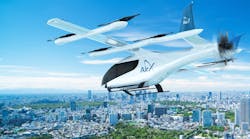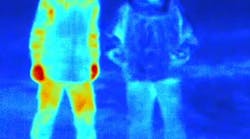By Courtney E. Howard
TEWKSBURY, Mass. –U.S. Navy officials awarded Raytheon Co. in Tewksbury, Mass., a $23 million contract to serve as the platform systems engineering agent (PSEA) for the Ship Self-Defense System (SSDS).
SSDS is a distributed combat-management system, comprised of software and commercial off-the-shelf (COTS) hardware, which coordinates all sensors and weapons systems aboard individual aircraft carriers and amphibious warfare ships.
SSDS combines the data acquired by standalone sensors and weapons systems –including radars, the electronic support measures system, and the identification friend or foe system –into a cohesive, comprehensive picture of potential threats.
The system not only delivers composite tracks on targets, but also aids Navy personnel in identifying and prioritizing threats. The SSDS is intended to expedite the detect-to-engage sequence, enhance target-tracking precision, shorten combat reaction time, and defend craft from anti-ship cruise missiles.
“SSDS is an open-architecture solution that leverages our expertise and advanced technologies to provide critical situational awareness and proven self-defense capabilities to the U.S. Navy,” says Robert Martin, vice president and deputy of seapower capability systems at Raytheon Integrated Defense Systems. “With this contract, we will expand our role and support to ensure the reliability and effectiveness of the Navy’s surface fleet.”
Engineers at Raytheon will manage the integration of capability upgrades into various aircraft carrier and amphibious ship combat systems, says a representative. Company personnel will also provide support for fielded systems, as well as handle platform systems engineering, configuration control, testing, training, and logistics.
The contract also calls for expanding SSDS open-architecture installations to the CVN 78 next-generation aircraft carrier, LHA 6 Tarawa-class ship, and Whidbey Island-class LSD craft. Raytheon will also integrate the Zumwalt-class destroyer’s Dual Band Radar onboard CVN 78.
To date, SSDS is fielded on LSD, CVN 68, LPD 17, and LHD class aircraft carriers and expeditionary ships.
Engineers at Raytheon Integrated Defense Systems’ Expeditionary Warfare Center in San Diego, Calif., and Seapower Capability Center in Portsmouth, R.I., will work on the contract. For more information, visit Raytheon Company online at www.raytheon.com.




